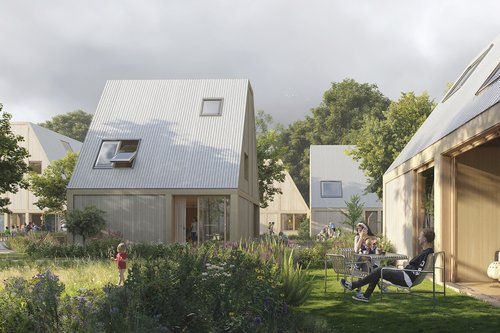
4 min read
Living Lightly: Copenhagen’s Lower-Carbon, Healthier Homes
Discover how the Living Places experimental prototypes led to housing that prioritizes wellbeing, community and sustainability.
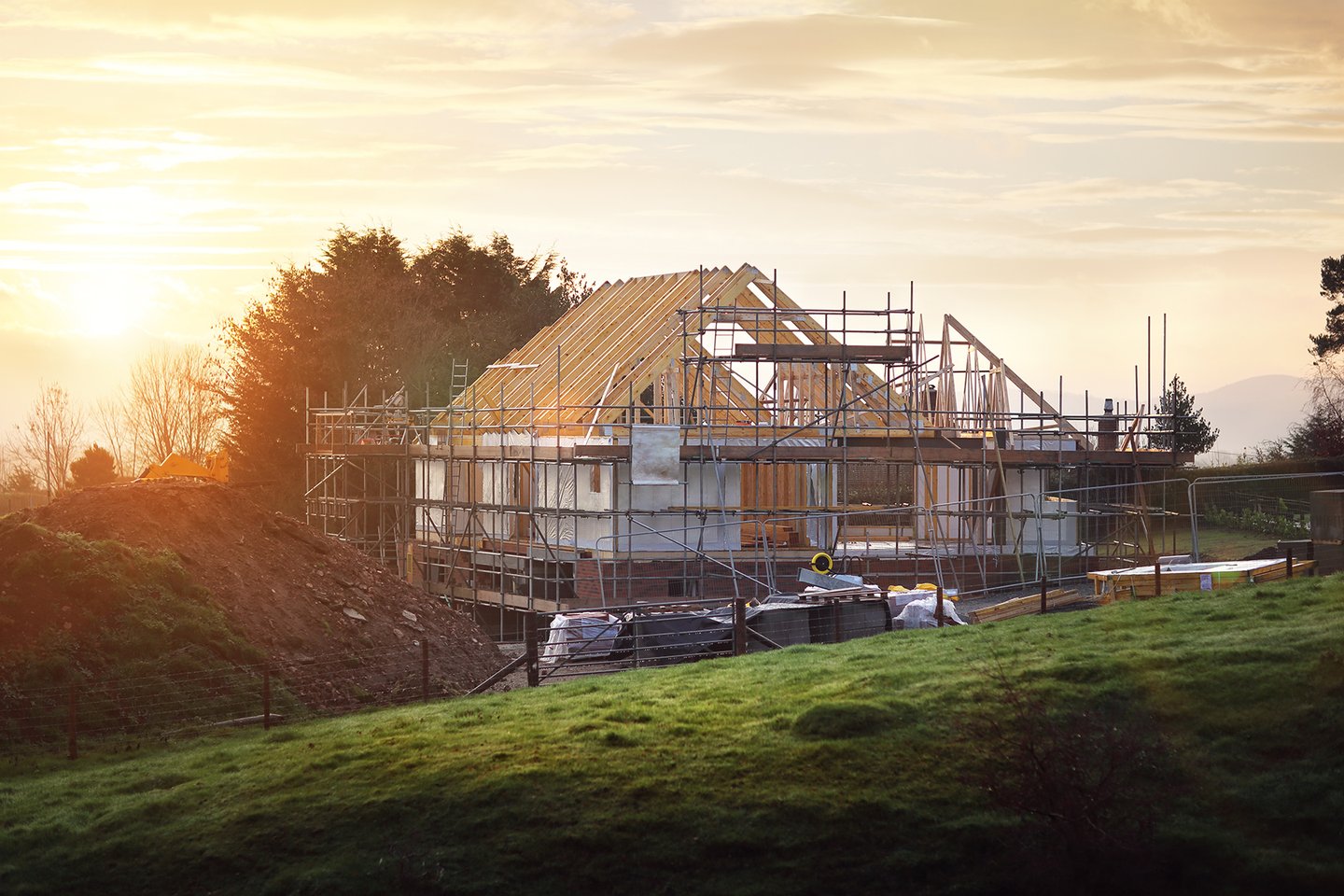
5 min read
WLLW investigates the health risks associated with building materials and how to develop a healthier new build.
The perception of new builds as inherently safe and modern often leads developers and homeowners to overlook potential hazards, particularly the inclusion of toxic building materials. Harmful substances like Volatile Organic Compounds (VOCs), formaldehyde and phthalates are frequently found in common construction materials, which can degrade indoor air quality and pose long-term health risks to occupants. The ‘new home smell’ is a telltale sign of these harmful emissions. This scent, often perceived as a sign of freshness, actually indicates the presence of VOCs and other toxins. Creating healthier living environments not only improves the wellbeing of residents but also provides an edge in an increasingly health-conscious market. This guide outlines actionable strategies for reducing toxic exposure in new builds, providing healthier and more sustainable housing options.
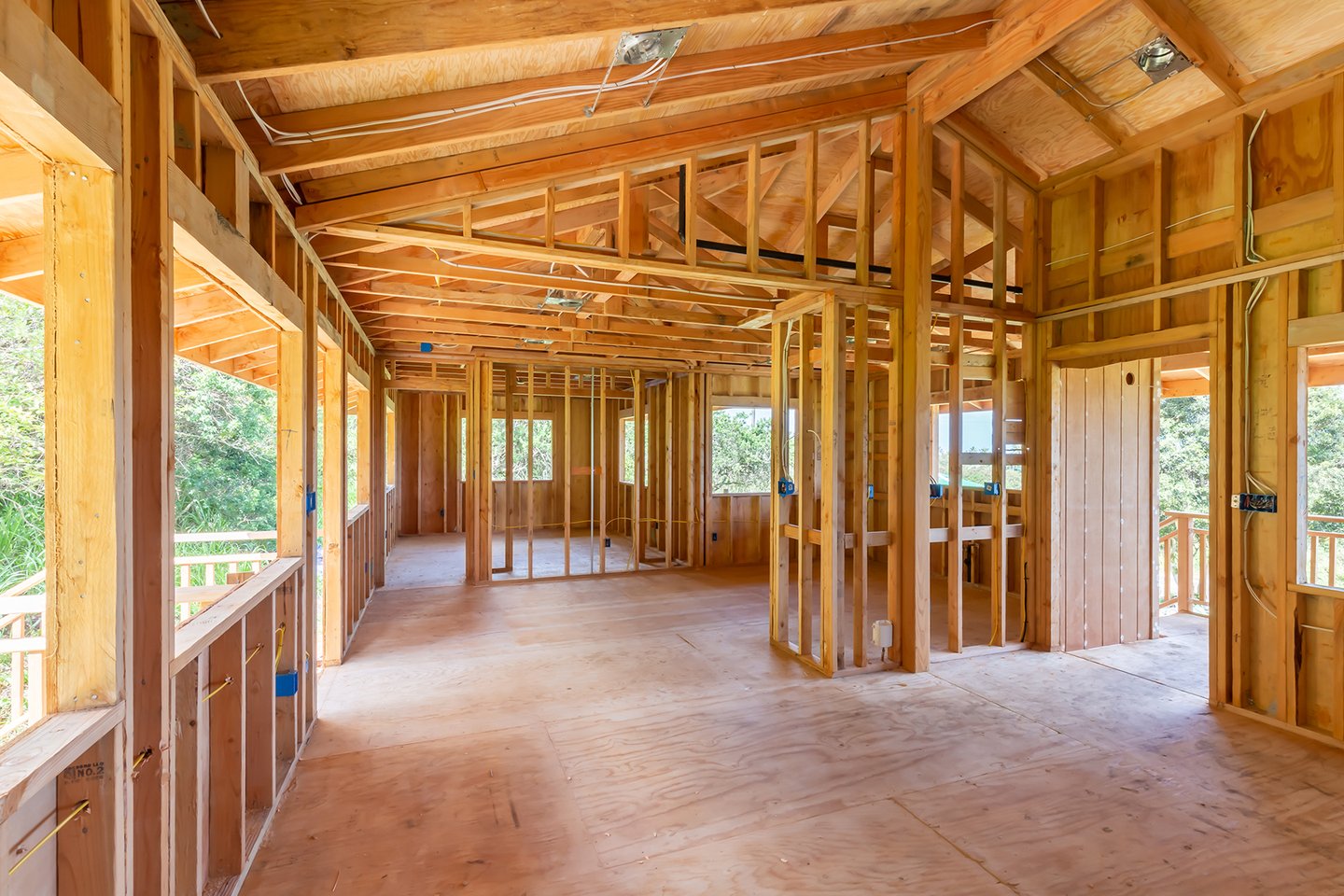
Insulation plays a critical role in energy efficiency, but traditional options like fiberglass and spray foam can introduce harmful chemicals into the home. Fiberglass, for example, contains formaldehyde, and fine particles from the insulation can be inhaled during installation or when disturbed. Spray foam, while effective for insulation, often off-gasses VOCs for weeks or months after installation, affecting indoor air quality.
Opting for natural insulation materials is a powerful way to mitigate these risks. Alternatives such as sheep’s wool, cork, hemp or cellulose are non-toxic, biodegradable and provide excellent thermal resistance. These materials are not only safer for installers and occupants but also contribute to a home’s sustainable credentials.
PVC (polyvinyl chloride) is one of the most widely used materials in construction, particularly for windows and doors. However, PVC contains harmful chemicals like phthalates and dioxins, which can off-gas into the indoor environment or leach into water supplies. The health risks associated with PVC include endocrine disruption, reproductive issues and an increased risk of cancer.
Fortunately, there are safer alternatives. For windows and doors, developers can choose wood, which when treated and maintained properly, is not only durable but also free from the toxins associated with PVC. Aluminum is also a better choice than vinyl but it’s worth noting that there are concerns about the sealants used to secure it and exposure from the aluminum itself.
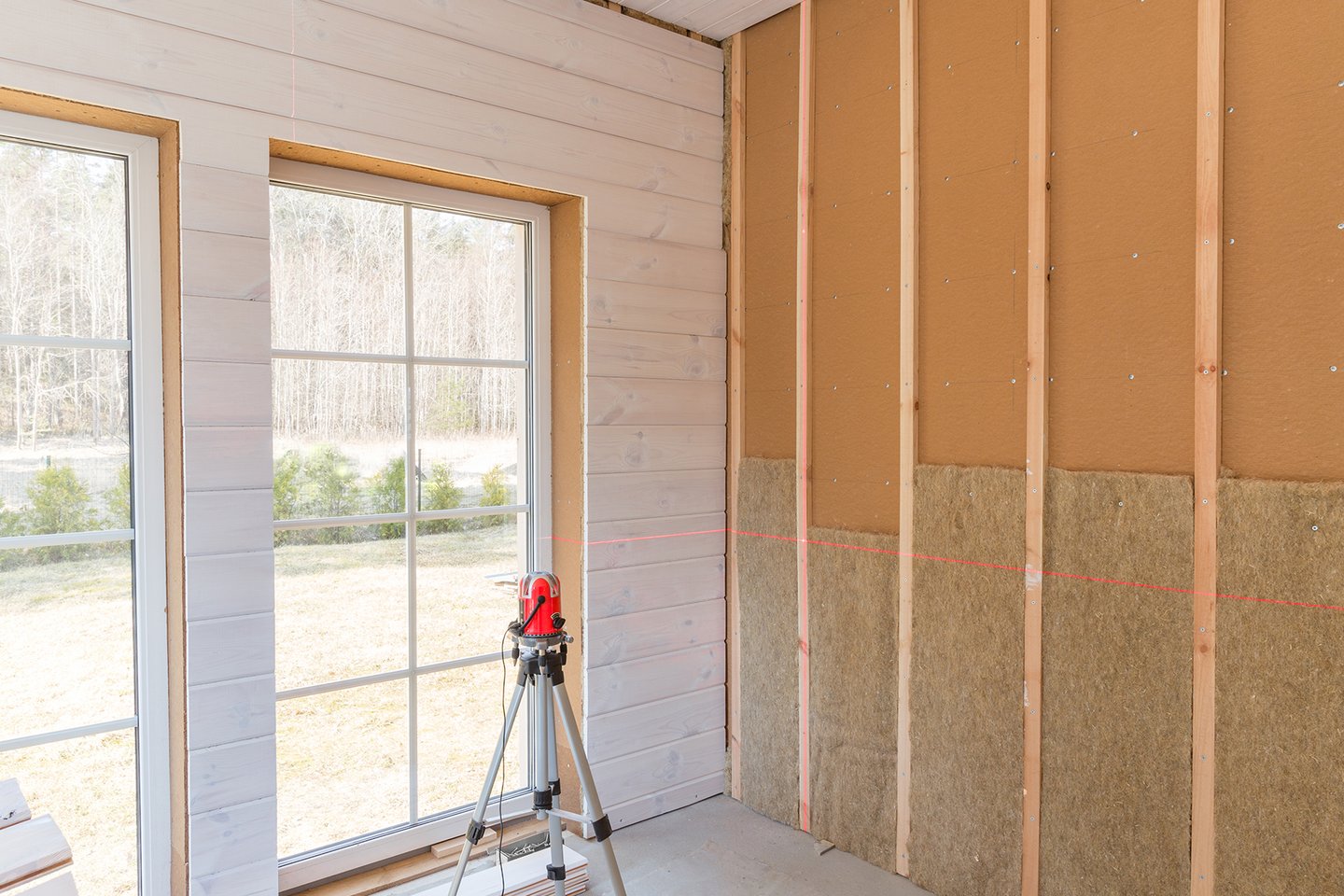
Drywall is the backbone of modern construction, forming the interior walls and ceilings of almost every home. While drywall itself is generally safe, the joint compounds used to seal the seams between drywall panels can contain VOCs and formaldehyde, which off-gas into the indoor environment.
To mitigate these risks, developers should specify low-VOC or formaldehyde-free joint compounds in their projects. Many manufacturers now offer non-toxic sealing products that perform just as well as traditional options without the health risks. By choosing these safer alternatives, developers can significantly improve indoor air quality for future residents.
The finishes and adhesives used in construction are among the most significant sources of indoor air pollution. VOCs, which evaporate from materials like paints, varnishes and glues, can lead to respiratory irritation, headaches and long-term health issues such as neurological disorders and cancer.
To address this, developers should prioritize mineral-based or low-VOC or VOC-free paints, stains and adhesives. These products are widely available and, contrary to the belief that healthier options come at a premium, they are often comparable in price to their more toxic counterparts.
Flooring materials such as vinyl, laminate and engineered wood are popular for their durability and aesthetic appeal, but they often contain harmful chemicals. Vinyl flooring, in particular, is a source of phthalates, while laminate and engineered wood can off-gas formaldehyde from the adhesives used in their construction. Wall-to-wall carpeting and its underlay can pose several health risks due to the materials used in their construction, the chemicals they contain, and the potential for trapping allergens and pollutants.
Developers looking to prioritize health and sustainability should consider flooring options made from natural materials, such as solid hardwood, linoleum, stone, cork or natural tiles such as terracotta. These materials are free from harmful adhesives and off-gassing chemicals, making them safer choices. In addition to their health benefits, natural flooring materials are often more sustainable. It is important to consider the methods of installation and the glues or grouting being used to ensure they are healthy and will not off-gas.
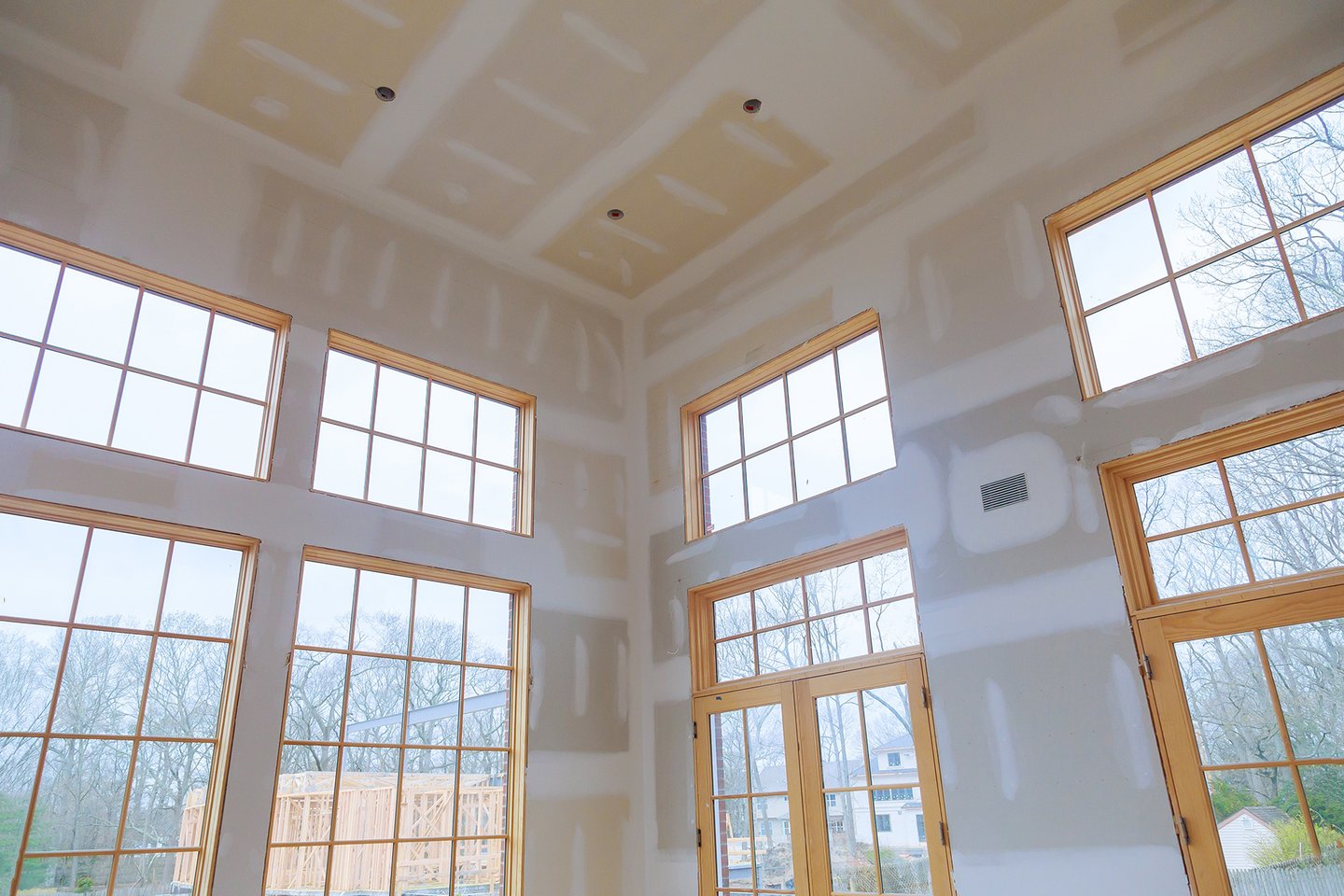
Energy-efficient homes are often designed to be airtight, which, while excellent for reducing energy consumption, can trap harmful chemicals inside. This leads to the accumulation of VOCs, formaldehyde and other toxins, exacerbating indoor air pollution and contributing to issues such as ‘sick building syndrome’.
To counter this, developers should integrate advanced ventilation systems that promote proper air circulation while maintaining energy efficiency. Heat recovery ventilation (HRV) systems, for instance, allow fresh air to enter the home while expelling stale, contaminated air without significant heat loss. Pairing these systems with whole-home air purification technology that utilizes high-efficiency particulate air (HEPA) filters can help reduce the presence of airborne contaminants and allergens. HEPA filters are designed to capture 99.97% of particles as small as 0.3 microns, including dust, pollen, mold and even some bacteria, significantly improving air quality.
Another effective strategy to minimize exposure to harmful chemicals is to allow time for off-gassing before residents move in. Materials such as plywood, carpeting and vinyl flooring continue to release toxins into the air for weeks or months after installation. Encourage future homeowners to delay their move-in by several weeks, if possible, while keeping the space well-ventilated. Opening windows, using exhaust fans and running air purifiers can drastically reduce the concentration of chemicals in the air, providing a healthier indoor environment upon occupancy.
"Beyond implementing non-toxic building practices, developers can also play a crucial role in educating homeowners about the importance of choosing healthy materials and maintaining good indoor air quality."
Incorporating water filtration systems in new builds is a key step toward creating healthier homes for future residents. These systems remove contaminants such as chlorine, heavy metals and pesticides, ensuring that the water used for drinking, cooking and bathing is clean and safe. For plumbing, PVC pipes are commonly used, yet they can contain vinyl chloride, a known carcinogen. Copper or polypropylene pipes are a safer option that don’t carry the same risks of chemical leaching. Reverse osmosis water filtration systems are effective at preventing chemicals from pipes contaminating the water supply.
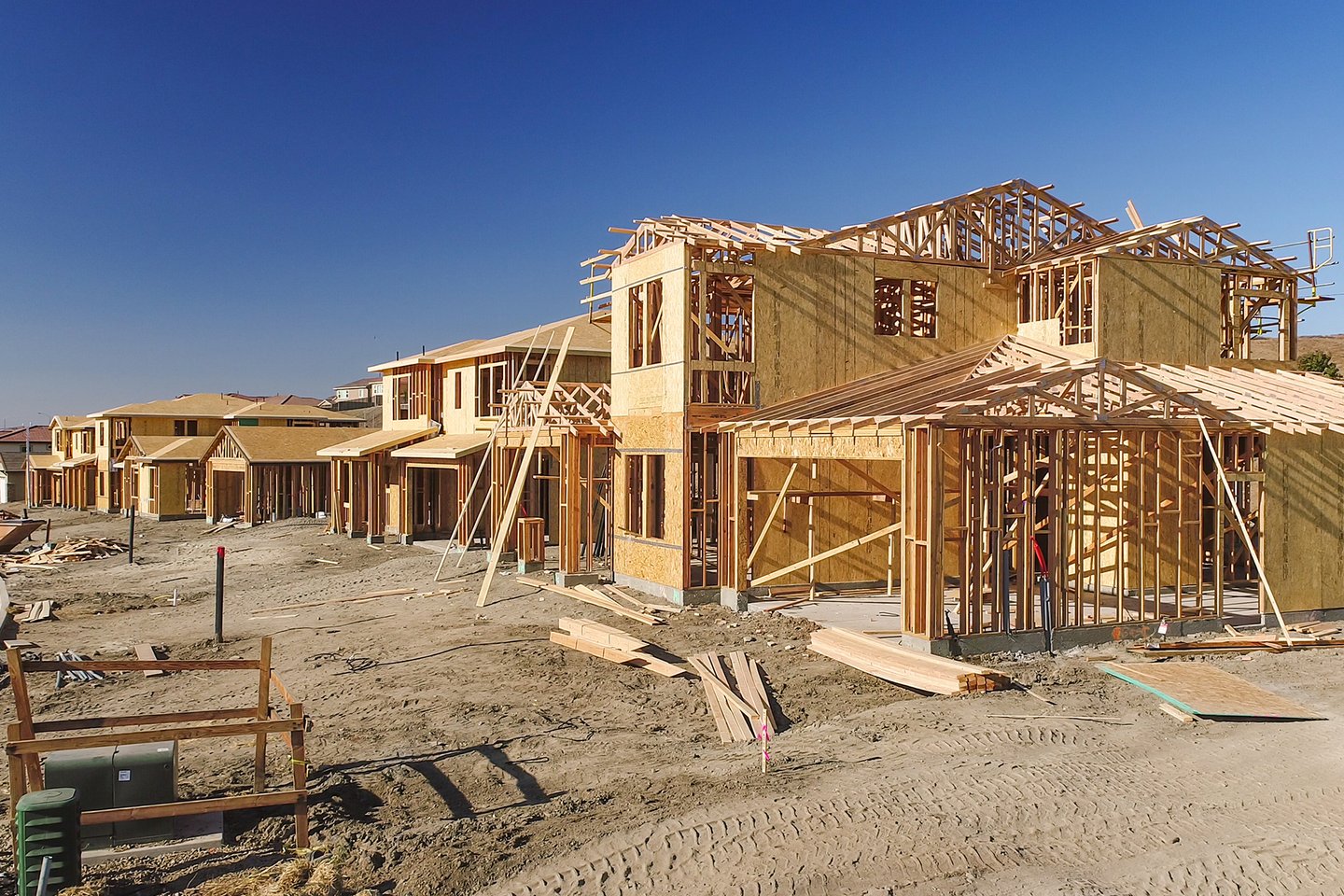
Beyond implementing non-toxic building practices, developers can also play a crucial role in educating homeowners about the importance of choosing healthy materials and maintaining good indoor air quality. Providing resources on proper ventilation, air purification and the benefits of non-toxic cleaning products helps ensure that homes remain safe and healthy long after construction is complete.
Developers can further distinguish themselves by pursuing certifications that recognize health-focused building practices. Certifications like WELL, LEED and Living Building Challenge emphasize healthy, sustainable building materials and design principles. Achieving these certifications can boost a project’s appeal, particularly among environmentally and health-conscious buyers.
Feature Image: Brian Jackson/Adobe
Photography: Kelly Headrick/Adobe, Olga Ionina/Adobe, Ungvar/Adobe, Andy Dean/Adobe

4 min read
Discover how the Living Places experimental prototypes led to housing that prioritizes wellbeing, community and sustainability.
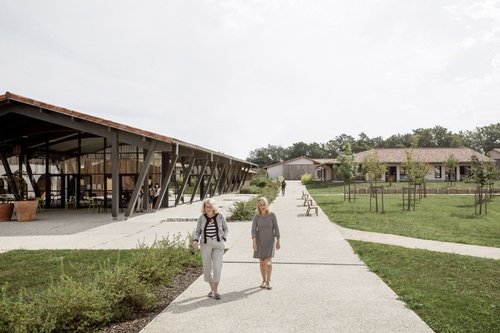
4 min read
Investigating innovative design solutions for the growing needs of an aging population in later living communities.